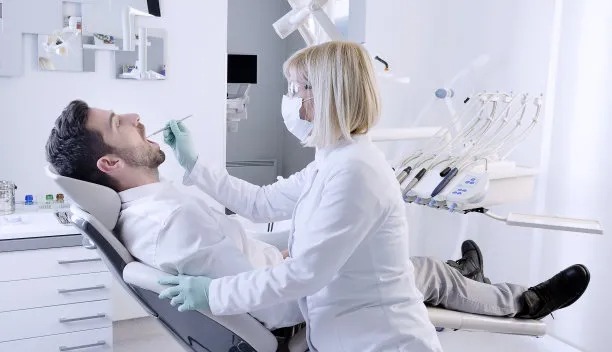The Essential Guide to Extracting a Tooth Safely and Ensuring Proper Post-Extraction Care for Optimal Healing
Summary: Extracting a tooth can be a daunting experience, but with the right knowledge and techniques, it can be done safely. This essential guide discusses four core aspects of tooth extraction: understanding the procedure, preparing for the extraction, managing post-extraction care, and recognizing complications. Each section breaks down the steps needed for a safe extraction and recovery, ensuring both the patient and the dentist can navigate the process effectively. Comprehensive post-extraction care is crucial for optimal healing, reducing the risk of infection, and managing pain. This article aims to equip readers with essential information to ensure a smoother dental experience.
1. Understanding the Tooth Extraction Procedure

Tooth extraction is a common dental procedure usually performed to alleviate pain, remove a broken tooth, or make space for orthodontic treatment. Understanding the procedure is crucial for both patients and dental professionals. Initially, the dentist evaluates the tooth and surrounding tissues through X-rays to determine the extraction method best suited for the situation.
There are two primary types of extractions: simple and surgical. A simple extraction is performed on visible teeth using local anesthesia, while a surgical extraction requires a more invasive approach, often requiring sedation and incisions to access the tooth. Knowing what to expect during these processes can help alleviate anxiety for patients.
Before the procedure, its essential to discuss medical history, medications, and any concerns with the dentist. This open communication ensures that the extraction is tailored to the patient’s needs and minimizes potential complications during the procedure.
2. Preparation for Tooth Extraction
Preparation for a tooth extraction involves several steps, starting with a consultation session with the dentist. This should include discussing the reason for extraction, the patients health status, and any specific instructions on dietary restrictions or medications that need to be taken or avoided before the procedure.
Patients are often advised to avoid eating or drinking for several hours before the extraction, especially if sedation is required. Its also wise to arrange for a trusted individual to accompany the patient to the appointment, especially when sedation techniques are used, as patients may feel disoriented afterward.
Before leaving for the dental office, patients should have an understanding of the aftercare plan and the material provided by the dentist. Being well-informed prepares patients for a successful post-extraction recovery.
3. Post-Extraction Care for Optimal Healing
After the extraction, proper care is crucial for promoting healing and preventing complications. Patients should bite down gently on a gauze pad for about 30 to 45 minutes to control bleeding. If bleeding persists, they may need to replace the gauze and apply additional pressure.
Managing pain and swelling is another important aspect of post-extraction care. Over-the-counter pain relievers can be prescribed by the dentist, along with ice packs applied to the outside of the cheek to help reduce swelling. Its critical to follow the dentists guidelines regarding medication usage and rest periods for a comfortable healing process.
Diet also plays a vital role in recovery. Patients should stick to soft foods and avoid hot, spicy, or acidic items that can irritate the extraction site. Hydration is key, but patients should avoid using straws, as the suction can dislodge blood clots vital for healing.
4. Recognizing Complications After Extraction
Despite following the guidelines for post-extraction care, complications can still arise. Common issues include dry socket, which occurs when a blood clot either dislodges or dissolves, exposing the bone and nerves. Patients experiencing severe pain or a foul smell from the extraction site should contact their dentist immediately.
Signs of infection may also include fever, increased swelling, or pus around the extraction site. These symptoms should prompt a visit to the dentist to ensure timely treatment. Recognizing these complications early can significantly impact recovery time and overall health.
Another complication could be difficulty in jaw movement or teeth alignment. If patients experience ongoing discomfort or they notice changes in bite functionality, it is advisable to return to the dentist for a follow-up examination.
Summary:
Tooth extractions, while sometimes necessary, can be stressful for patients. By understanding the extraction procedure, preparing appropriately, practicing diligent post-extraction care, and being aware of potential complications, patients can minimize discomfort and ensure optimal healing.
This article is compiled by Vickong Dental and the content is for reference only.


